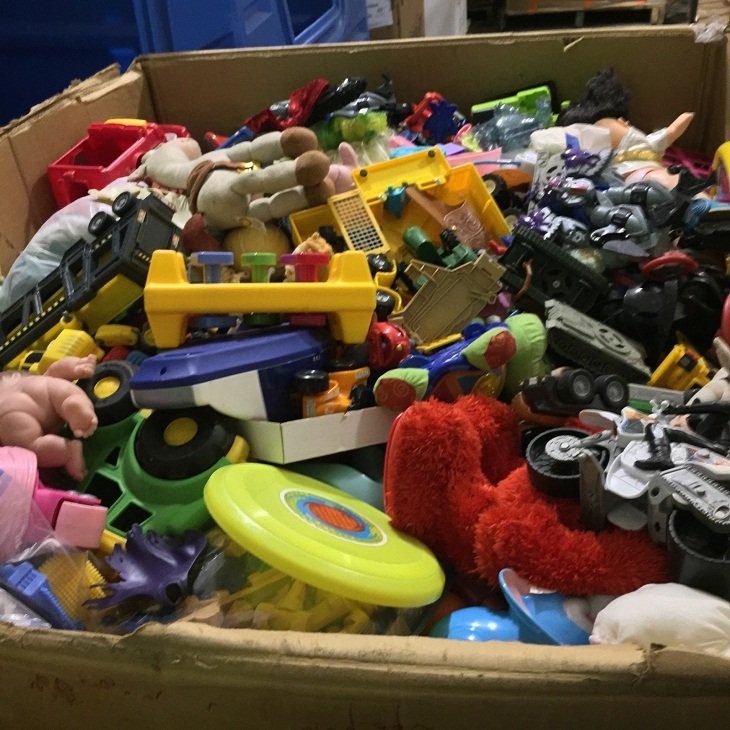Did you know that nearly 80% of children’s toys end up in landfills? Or that these toys account for almost 6% of landfill plastics. These statistics paint a vivid picture of the environmental stress placed on our planet by seemingly harmless items.
With sustainability becoming a focus globally, giving these toys a second life can help alleviate this additional stress on the earth.
In this blog, we’ll highlight the path a toy takes from fresh out-of-the-box to equally lovable second-hand items.
Collection and Sorting
The journey begins with the collection of hard toys from various sources. These toys, which may have been gently used or outgrown by their previous owners, are gathered from individuals, retailers, and even manufacturers.
Once collected, the toys undergo a sorting process where they are categorized based on their condition and suitability for resale.
Resale and Redistribution
Hard toys that are in good condition find their way to second-hand stores, online marketplaces, thrift shops, and even international markets. Here, they await new owners who will give them a second life.
This step not only reduces waste but also provides affordable options for families while extending the lifespan of these toys.
Material Recovery
For toys that are damaged beyond repair, a different fate awaits. These toys are disassembled, and their materials, such as plastic or metal, are recycled. By re-routing these toys from landfills, this process promotes sustainability and resource efficiency, ensuring that even at the end of their lifespan, these toys and all their components are used again.
Donation and Upcycling
Another avenue for second-hand toys is via donations to organizations or charities that cater to children in need. These toys, which may be refurbished if necessary, bring joy to those who may not have access to new toys otherwise.
Moreover, creative individuals or organizations may embark on upcycling projects, repurposing old toys into new items through innovative means, further extending their utility.
Quality and Compliance Standards in the Second-Hand Toy Market
Ensuring the safety and quality of second-hand toys is paramount. While these toys may have had previous owners, they must meet certain standards before being resold or redistributed.
Hard toys typically do not require fumigation due to their material composition, manufacturing processes, and storage conditions. Instead, measures such as inspection, cleaning, and proper packaging suffice to maintain their integrity.
How Second-Hand Toy Brokers Contribute to Community Development & Sustainability
At Bank and Vogue, we play a crucial role in the journey of second-hand toys. Through purchase, resale, and repurposing initiatives, we facilitate the redistribution of used toys, contributing to resource efficiency, sustainability, and community welfare.
By managing the supply chain effectively, we ensure that these toys find new homes or are recycled responsibly, thereby reducing waste and environmental impact.
The journey of second-hand toys embodies the principles of reuse, recycling, and community support. From collection to resale, every step in this journey contributes to a more sustainable and inclusive future, where even the simplest of joys can make a difference.
For more on buying or selling hard or soft toys, click here, and for more about used toys check out our FAQ here.








